Brainstorming has been popular these years. You have definitely ever heard of it. Brainstorming is about generating new ideas and making decisions. How does it work and what tool can be used to brainstorm better? No matter how much you know about it, this article will introduce it to you in detail. Here you can learn what brainstorming is and how to do it better with the online mind map tool.
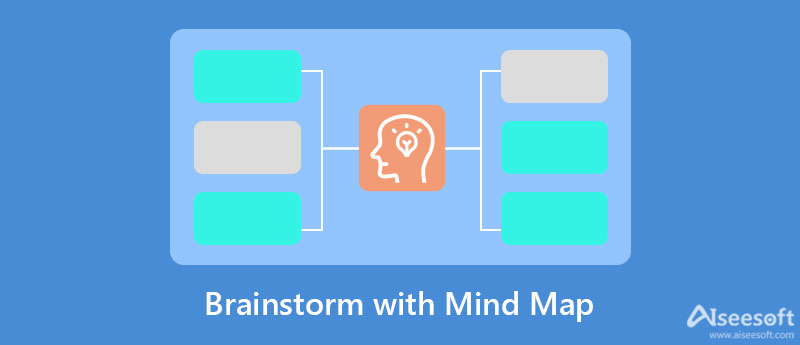
Brainstorming has been known as the way to bring about new ideas and making decisions. It works for both individuals and groups. For individuals, it helps to generate creative ideas and organize them better. Brainstorming helps plan out a personal project or vacation-like event for individuals. For a group of people who gather together to solve a particular problem, they can come up with more innovative thoughts in the brainstorming style. That's the reason why brainstorming is widely applied at work for starting a new project or solving difficult problems.
The term, "Brainstorming", was originated from the outstanding advertising executive Alex Faickney Osborn in 1953. Then it was developed and improved by later researchers. When applied in problem solving, brainstorming is definitely the most effective way. The ideas come up this way seem like a bit crazy at first. But with the help of the third-party tool like mind map, they can be connected with each other and organized in a logical way. Moreso, the inconspicuous ideas may trigger more ideas that will come in handy.
A private room helps the brainstorming proceed better. The people included can be kept away from focus on the problem-related issues. In addition, make sure the ample light and suitable temperature are checked in this room. Plenty of snacks and coffee are open for choices.
Limited time contributes to more effective outcome. You can set different time limit for different topics or problems.
If you want practical results from the brainstorming, you need to ensure the adequate preparation before it. You can choose to e-mail the topic or the targeted problem to the participants or some other ways. A full day before the brainstorming event would be great. Several warming-up minutes before it cannot be enough.
Pie-in-the-sky ideas tend to lead off the topic. The brainstorming team leader (if there is one) should keep an eye on that and get the topic back on track. In addition, keeping the group small, which means only the ones who are strongly related to the project are included, is a good idea.
Judgement freezes innovative ideas. Allow free discussion and speak-up. No idea is flawless. You should make the participants feel free to throw out new ideas without burden. There is no need to be rude to the one who came up with the idea that needs improvement or even is a terrible one. Just move to the next brainstorming idea. You can even find that the ideas can be built upon each other.
This rule takes respect as the starting point. Every participant needs attention and audience when she or he speaks. It may lose control when the group members are large and there are no rules when the discussion is under procedure. Try to include everyone and keep the discussion on track.
Try to write down the ideas on sticky notes or a whiteboard so that everyone can see them. An online tool is also welcomed. If necessary, try to mark them with different colors and make connection lines among them to organize well.
During the session, many brilliant ideas may be brought up. Write down each idea if you don't want to miss the one that is crucial.
Even if quality matters more than quantity, the latter is an important standard to evaluate the result of the brainstorming activity. 100 ideas for a 60-minute brainstorming is proper. You can refer to it and make the quantity goal for yours.
The after-brainstorming work is as much important as the brainstorming itself. The collected ideas need to be sorted out and improved.
MindOnMap is the best online tool you can ever find. It allows you to add free connection lines and summary to two or more free nodes, which is helpful to the after-brainstorming organizing. In addition, this online tool enables you to share your work with other participants in the group. Last but not least, you can export it to the needed format like Word, PDF, and images (JPG, PNG, SVG). Now follow the lead to start your brainstorming journey.
In the center of the canvas, type the central topic, the goal or the problem. You can also insert an image, as long as it expresses the central topic well.
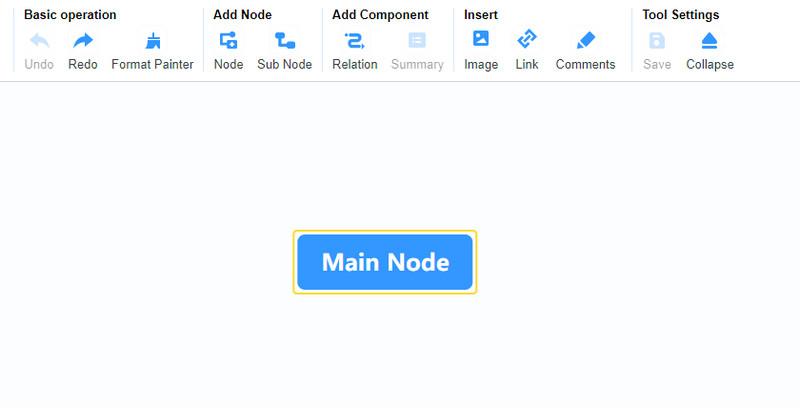
Select the node to which you want to add comments. Click Commentsb from the tool bar above and choose Add comments. Then insert the content and click OK. Hover your mouse on the Text icon and you can see the full content.
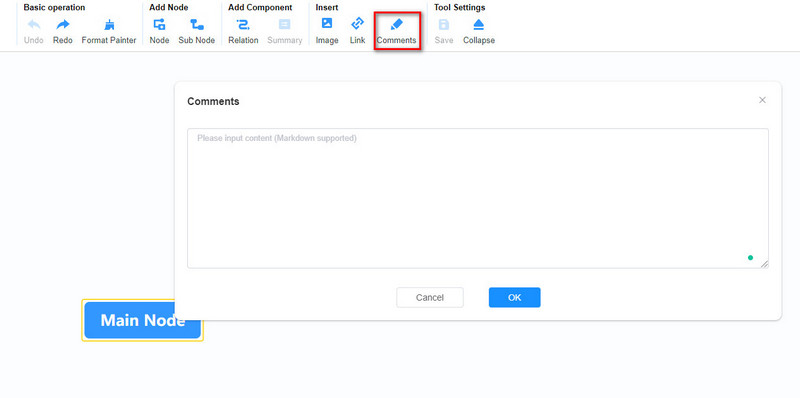
Click Sub Node and add other related topics. You can also connect them using free connection lines by clicking Relation..
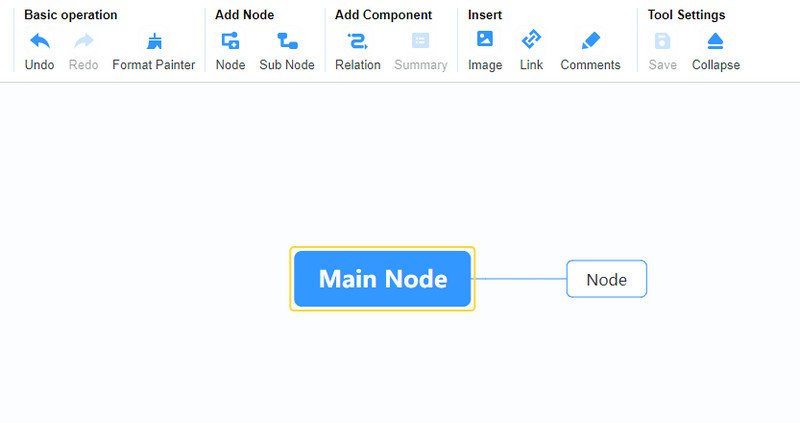
You can click Share in the top-right corner. Then set the Password and the Valid until date as you need. Copy the link and send it to other participants.
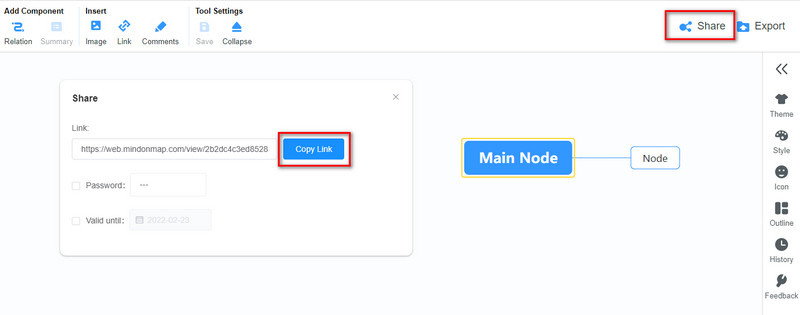
1. What is a brainstorm bubble?
It means using bubble mind map to help brainstorm. A bubble map is an effective way to brainstorm for that the ideas can be visualized clearly.
2. What is the difference between brainstorming and mind mapping?
Brainstorming is a way to generate many ideas in a limited time and sort out the valuable ones. Mind mapping helps organize mind better. They can be used together to contribute to your project.
3. What are the advantages to use mind mapping for brainstorming?
Mind mapping allows you to record each idea come up with during the brainstorming. After the brainstorming, mind mapping helps you to organize them well.
Conclusion
This post introduces what is brainstorming and how will mind mapping help produce better result. You may have the whole picture of it now. Try the steps listed above and start your own brainstorming journey!

Video Converter Ultimate is excellent video converter, editor and enhancer to convert, enhance and edit videos and music in 1000 formats and more.
100% Secure. No Ads.
100% Secure. No Ads.